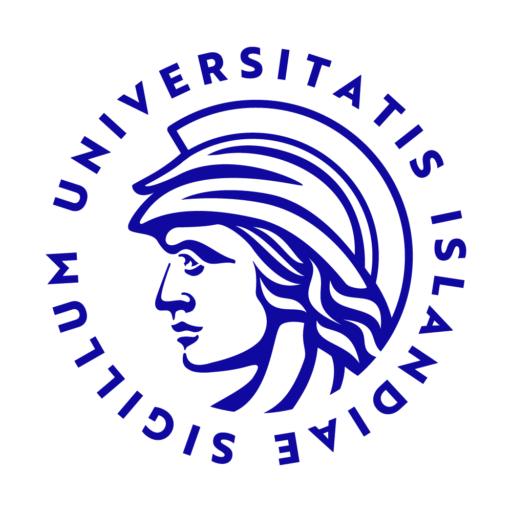Main author: Elvar Örn Viktorsson
Institution or Company: The University of Iceland
Co-Authors, Institution or Company:
Pål Rongved, University of Oslo. Lars Herfindal, University of Bergen. Reidun Aesoy, University Of Bergen.
Introduction: Iodinin and myxin are phenazine 5,10-dioxides of natural origin. Myxin is a well-known antimicrobial agent and recently, iodinin was discovered to be a selective apoptotic inducer of leukemic cell death.1 The presented work will cover synthesis and biological evaluation of new phenazine 5,10-dioxides aimed towards the targeting of acute myeloid leukemia (AML).
Methods: Iodinin and myxin were synthesized from commercially available reagents and various prodrugs and structural analogs constructed. Consequently, cytotoxicity of the compounds was evaluated against leukemic and non-malignant cell lines. The cells were exposed to various concentrations of iodinin or its analogs for 24 hours before a cell proliferation reagent (WST-1) was used to assess the viability.
Results: Carbamate analogs of phenazine 5,10-dioxides proved to be most attractive in search for new drug leads with high potency and selectivity towards the AML cells. Analogs lacking an oxygen-based substituent in position 6 of the scaffold (-OH or -OMe) were only active if the phenol in position 1 was functionalized with a carbamate or an alkyl side chain. 7,8-dihalogenated analogs were most potent at the same time being toxic to non-malignant cells.
Conclusions: This work enhances understanding of phenazine 5,10-dioxides in terms of structure-activity relationships required for high potency and selectivity towards leukemic cells, rendering this class of compounds promising as antileukemic agents.
- Myhren et al. Mar. drugs, 2013, 11, 332.

